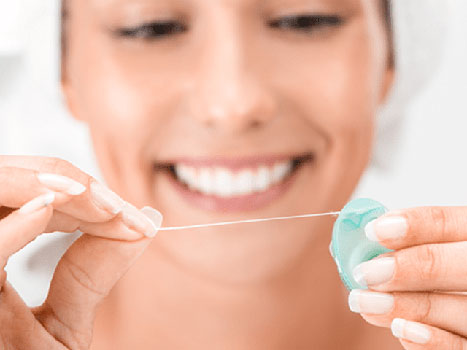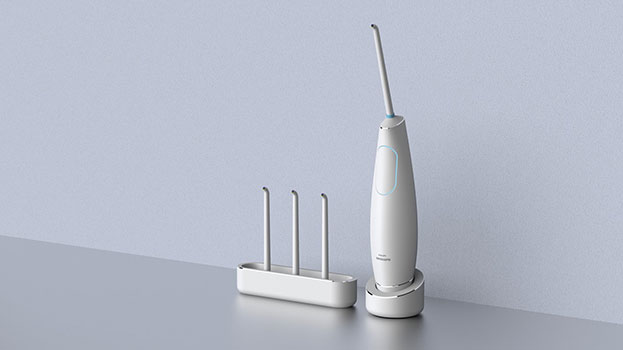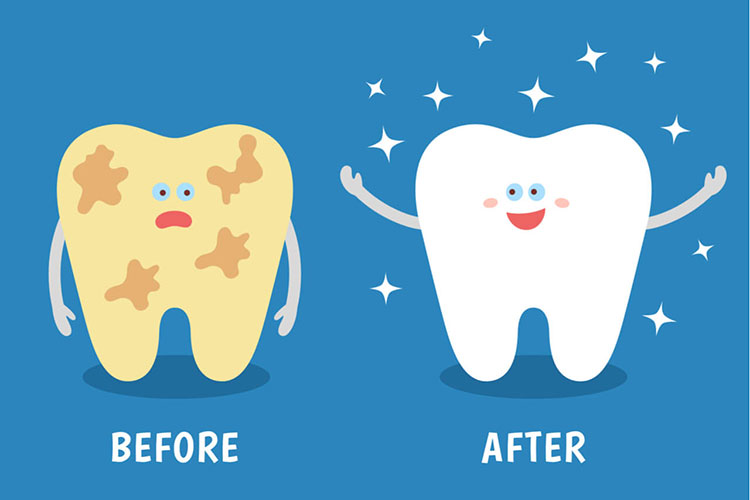Mississauga residents typically want to achieve an exceptional oral health level as they recognize that it is an essential component of overall wellness.
In the past, the removal of visible plaque (debris on teeth) on teeth was thought of as the chief step in resolving issues with our gum tissues. Indeed, in some patients, regular removal of visible plaque is sufficient to maintain oral health. However, this is not always the case. This article will review the effects of mouth bacteria on our body, the limitations of brushing and flossing, and new modern ways you can improve your oral health.
When gum inflammation persists, it creates a local inflammatory response which spills into the bloodstream and contributes to the systemic (body-wide) burden of inflammation. This systemic inflammation drives the development and progression of many life robbing chronic diseases, such as heart disease, diabetes, dementia, and certain types of cancers.
To learn more about the relationship of dental bacteria and dementia please click here:
Is Alzheimers Disease Linked To Gum Disease?
Besides visible plaque and calculus on uncleaned teeth, there are also damaging bacteria on teeth that we cannot see. We have known since the 1970’s that bacteria in the mouth congregate to form a biofilm. When it grows to the point where you can see it and brush it off a tooth, it is called plaque. Not all biofilm grows to the point where we would identify it as plaque. The biofilm that you cannot see is equally as dangerous as those who have reached the plaque level. We now know that, especially for those patients where reduction of inflammation is critical, we need to give patients more tools to clean all the bacteria off their teeth. In other words, achieving total oral care means removing more biofilm than simple tooth brushing and flossing can accomplish.

The advent of dental floss was a considerable step in oral hygiene progress. It did not come of a development laboratory, but rather in the office basement of a dentist Dr. Levi Spear Parmly who in 1819 figured that this was a suitable tooth cleaning method. Proper flossing technique will help remove the biofilm, but only on the surfaces, it can access. Hence, flossing alone may not be the complete ticket to oral stability. A tooth (under magnification) is not glassy-smooth but almost looks like the moon’s cratered surface. The tooth has little pits, fissures, and lacunae to which the bacteria can lodge. If floss thread is wagged over a tooth, it does not have the potential to get into those nooks and crannies. Most of the interproximal (in between) surfaces of teeth have concavities. Therefore if you put a piece of floss in between teeth, it only contacts a limited area of the root surface. In other words, the regions in the concavity never actually get exposed to the floss’s mechanical action. Microscopic photos of before and after flossing confirm this to be the case.

New emerging technologies are providing more efficient ways of cleaning our teeth. These allow us even to clean microscopic biofilms that brushing and flossing have trouble removing. Phillips makes an Airfloss-Pro with the ability to get into rough surfaces between teeth and clean out little grooves to give patients the best chance of interrupting their oral biofilm. The Airfloss-Pro sends a stream of tiny bubbles to the area, and it is the energy released from the bubbles, which causes the biofilm’s removal. There are also new interproximal brushes, which can efficiently clean side tooth surfaces. The correct size of the interproximal brush is critical. St. Lawrence Dentistry’s friendly dental hygienists will be happy to help select the appropriate brush for you.

Adequate, consistent removal of debris between teeth is an integral part of daily hygiene. St. Lawrence Dentistry wants to give our patients the best chance to achieve oral and total body wellness. We want to be your Mississauga Dental Office. Please make an appointment at our clinic if you would like to discuss this topic further.
Reference: Viva Learning 2020 – Patients dental hygiene, T. Donley
- St. Lawrence Dentistry Looks Forward To St. Patrick’s Day! - March 12, 2025
- Understanding Dental X-Rays and Radiation: What You Should Know - January 13, 2025
- Happy New Year from St. Lawrence Dentistry! - December 30, 2024










